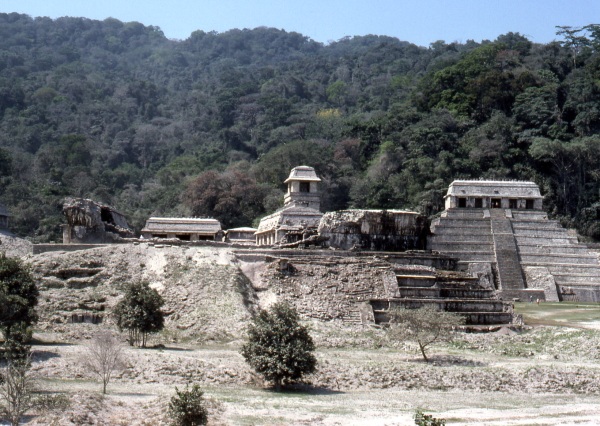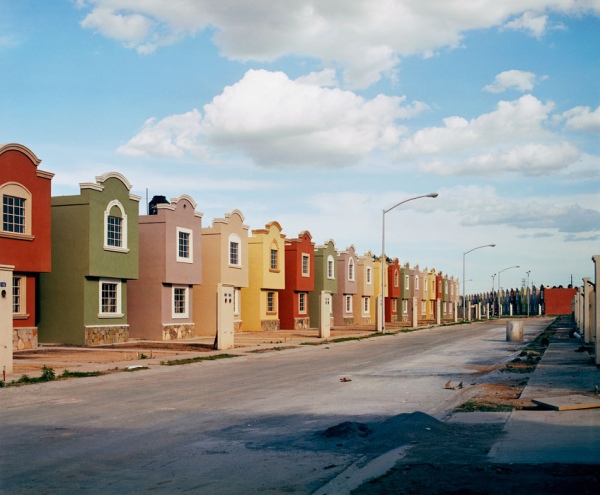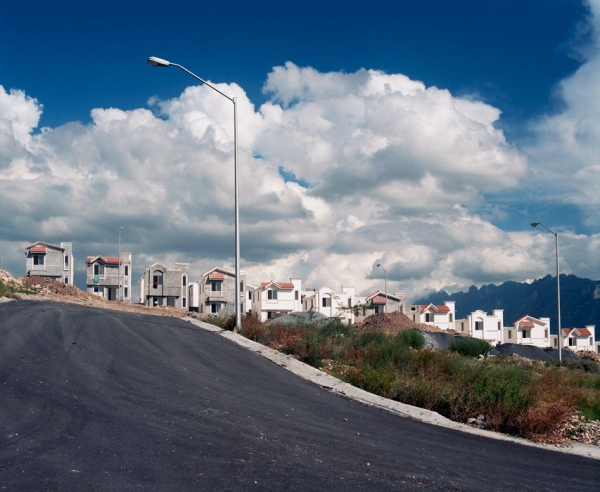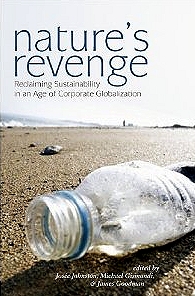In a few months time, Mexicans go to the polls to elect a new President. Just how does the Mexican political system work? As a build-up to the important federal elections coming shortly, this post looks at the background to Mexico’s political system and provides a quick summary of the federal level of government. A future post will look at the state and municipal levels.
The current political system in Mexico derives from the Constitution of 1917 which emerged from the Mexican Revolution. The Constitution is a sweeping document that captures the ideals of the Revolution, but also reflects three centuries of Spanish colonial rule. The Constitution is “revolutionary” in that it aggressively protects the rights of workers, peasants and their organizations. It guarantees the right to organize, an eight-hour work day, the rights of female and child workers, and the payment of a minimum wage sufficient to satisfy the necessities of life. The colonial influences are evidenced by highly codified civil law, acceptance of heavy state involvement in civic affairs and business, and the relative strength of the executive over other branches of government. Another important influence is Mexico’s 19th century history which included foreign military occupations, loss of half the national territory and several virtual dictatorships.
The government of the United Mexican States has three branches: executive, legislative, and judicial.
The executive branch is by far the most important and most powerful. The President serves a six-year term, may never be re-elected, and appoints the 18 cabinet secretaries who run their respective secretariats or ministries. The full cabinet meets only rarely. Legislation must be signed by the President to become law. Though the legislature may override a veto, the Constitution dictates that laws can only be enacted after being signed by the President. The President has the power to issue basic rules (reglamentos) independent of the legislature. In fact, most Presidents unilaterally issue more Mexican laws than are passed by the legislature.
The legislature consists of a Senate and a Chamber of Deputies. The 128 senators serve the same six-year term as the President and cannot be re-elected. Each state and the Federal District has two senators from the party getting the most votes in that state and one from the party getting the second most votes.
These 96 senators do not represent equal numbers of constituents. Smaller states have greater representation. For example, in the State of Mexico there are about 4.7 million people per senator whereas in Baja California Sur there are only about 170,000 people per senator. The remaining 32 senators are elected by proportional representation based on the percentage of the national vote obtained by each party. These senators do not have geographical constituents.
There are 500 deputies in the Chamber. Geographic districts directly elect 300 deputies; the remaining 200 are elected by proportional representation. A party must win at least 2% of the national vote to get a deputy in the Chamber. They serve three-year terms and cannot be re-elected.
The ban against re-election means that every three years there is an entirely new Chamber of Deputies. Every six years Mexico has a new President and all new legislators. The ban on re-election diminishes the continuity as well as the overall experience and expertise of Mexican government at all levels.
The judiciary is divided into federal courts and state courts. The federal courts have jurisdiction over constitutional issues, most civil cases (contracts, labor issues, banking and commerce) as well as major felonies (bank robberies, kidnapping), except murder. State courts handle murders, divorces and minor felonies. The Supreme Court consists of 26 judges, selected by the President and confirmed by the Senate. Legally, they serve for life but actually submit their resignation to the new President every six years. Below the Supreme Court are four chambers of judges dealing with criminal, civil, labor and administrative issues. There are 16 federal circuit courts and 68 district courts.








